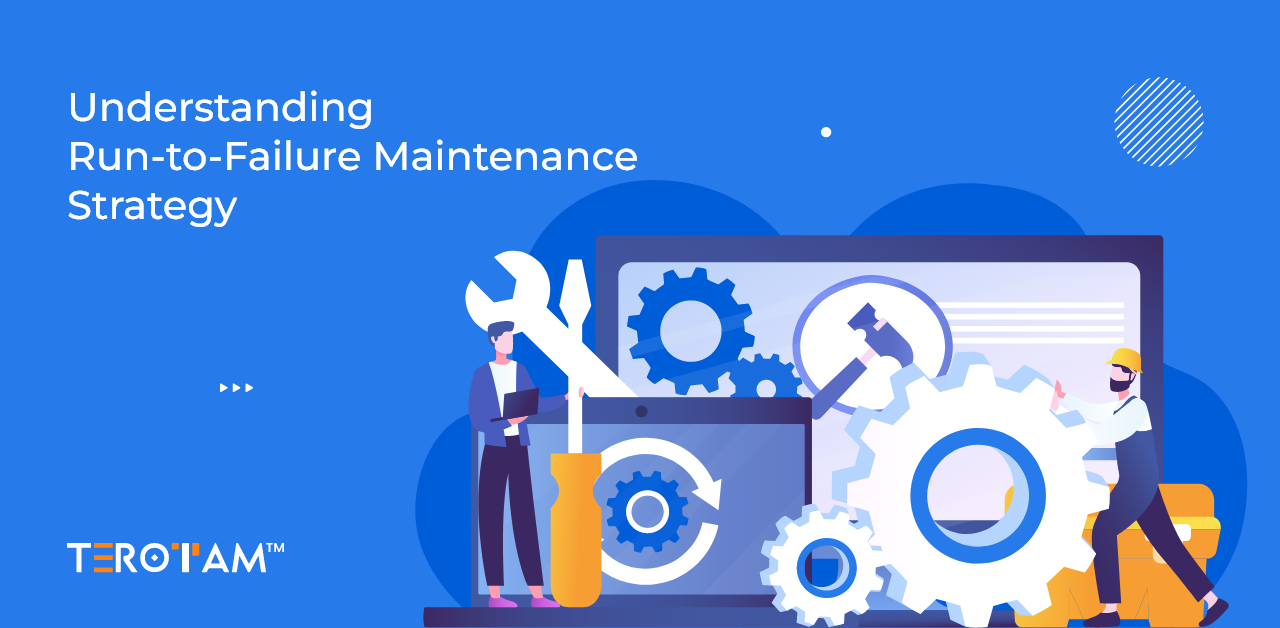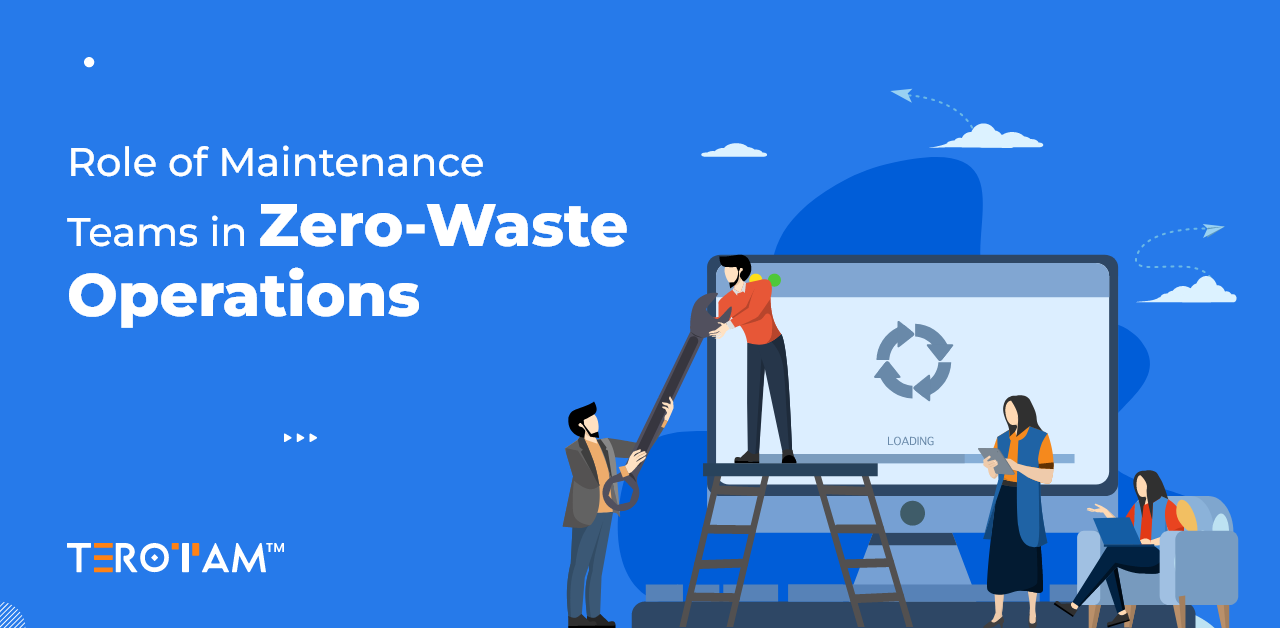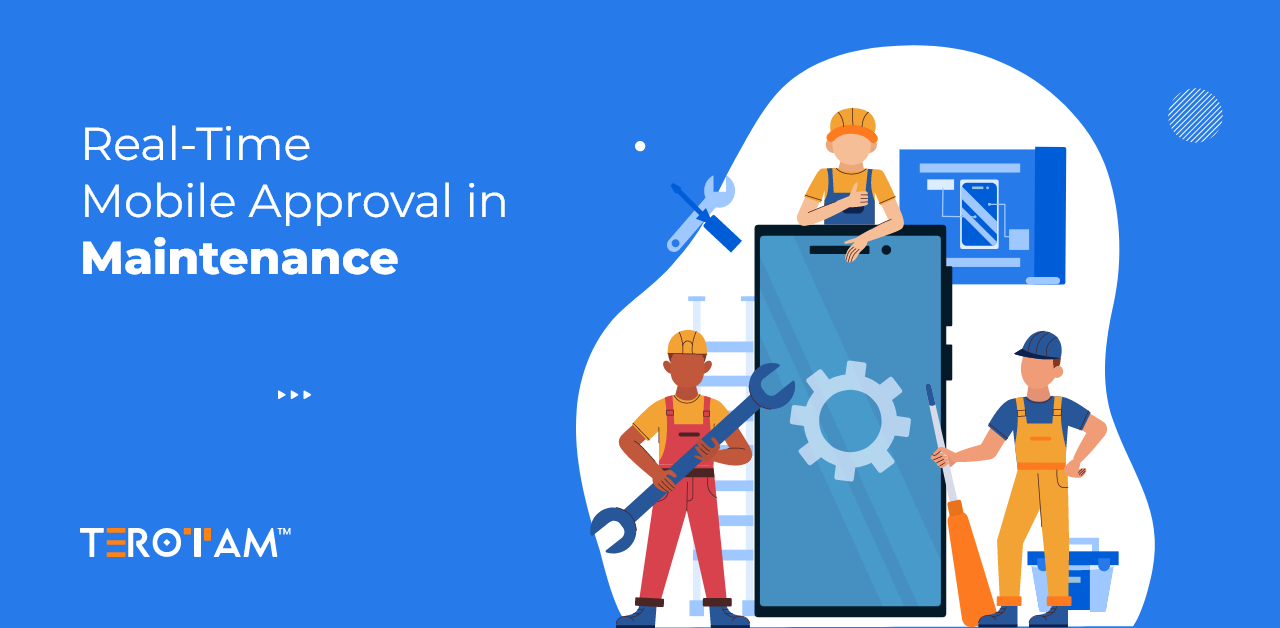If you’re still scheduling PMs by calendar, reacting to red lights on SCADA, or relying on tribal knowledge to keep your lines running — this is your wake-up call.
The 2025 Global AI in Maintenance Report isn’t forecasting the future. It’s documenting what’s already living in plants that stopped losing money to downtime last year.
We’re breaking down five real, field-tested AI applications that are cutting MTTR, extending MTBF, and turning wrench-turners into data-driven strategists. No theory. No vaporware. Just what’s working — and how to replicate it.
What You’re Missing If You’re Not Feeding AI Real-Time Asset Data
Before we dive into the five shifts — let’s get brutally honest about where most maintenance teams are stuck.
You’ve got sensors. You’ve got historians. You’ve got a CMMS that’s 8 years old and still running on SQL Server 2014.
But unless you’re piping live, time-stamped, cleaned operational data into an ML pipeline — you’re not doing AI. You’re doing dashboard decoration.
AI doesn’t care about your KPIs. It cares about:
- Vibration FFTs at 10kHz sampling
- Bearing temperature deltas over 72-hour windows
- Torque ripple signatures under variable load
- Power quality harmonics correlated with mechanical resonance
If your historian isn’t capturing this — or worse, if you’re still logging “unusual noise” in a Notes field — you’re leaving 80% of AI’s value on the table.
The 2025 report confirms: plants that integrated edge-based feature extraction (not just raw data dumps) saw 3.2x faster model convergence and 47% higher fault detection precision.
Translation: garbage data = garbage predictions. Clean, contextual, high-res data = AI that actually prevents failures.
Why “Predictive Maintenance” is going to be less effective in presence of Prescriptive Maintenance
You’ve heard “predictive” a thousand times. It’s time to get beyond it.
What you want — what the top 15% of plants are already running — is prescriptive maintenance.
Predictive tells you: “Bearing on Pump P-104 will fail in 9 days.”
Prescriptive tells you: “Replace bearing during Batch #2712 on Thursday 14:00–16:00. Use spare part #SKF-7310-B. Torque to 85 Nm. Technician assigned: Rajesh (certified on ISO 10816-3). Risk of delay: 4%.”
That’s AI + CMMS + ERP + workforce scheduler fused into one workflow.
2025 Report Data:
- Plants using prescriptive systems reduced unplanned downtime by 41% YoY
- MTTR dropped from 4.7 hrs to 1.9 hrs
- 68% of work orders auto-generated with parts, tools, and labor pre-staged
This isn’t “AI magic.” It’s deterministic scheduling driven by probabilistic failure models. If you’re not prescribing actions — you’re just generating alerts nobody has time to act on.
Anomaly Detection That Catches What Your Vibration Analyst Missed
Let’s be real: your best vibration tech can’t stare at 500 machines 24/7. Even if they could, human eyes miss micro-trends.
AI doesn’t.
We’re not talking threshold alarms. We’re talking unsupervised clustering of multi-sensor time-series — detecting deviations in:
- Phase correlation between motor current and shaft displacement
- Thermal growth differentials across bearing housings
- Acoustic emission bursts preceding lubrication starvation
One refinery caught a failing thrust bearing in a 5,000 HP compressor by detecting a 0.8° phase lag between drive-end and non-drive-end accelerometers — 11 days before ISO 10816 flagged it.
2025 Report Stats:
- AI anomaly models now achieve 92.3% true positive rate on early-stage mechanical faults
- False positives down to 3.1% (vs. 18–25% in rule-based systems)
- ROI: $22 saved per $1 spent on AI anomaly detection infrastructure
If your condition monitoring still runs on “if temp > 85°C, alert” — you’re flying blind.
Maintenance Scheduling Isn’t a Calendar Problem — It’s a Constraint Optimization Problem
Stop treating your maintenance calendar like a Google Doc.
AI doesn’t “schedule.” It solves for minimum cost under operational constraints.
Inputs:
- Asset criticality (RPN from FMEA)
- Spare part lead times (ERP-integrated)
- Technician certs and travel time (GIS + HRIS)
- Production loss cost per minute (MES data)
- Energy tariff windows (for utilities)
Output: a Gantt chart where every minute is optimized for cost, risk, and throughput.
One automotive plant used this to reschedule 22 PMs around a high-margin production run — netting $1.2M in avoided opportunity cost.
2025 Findings:
- AI schedulers improved labor utilization by 35%
- Reduced schedule conflicts by 52%
- Cut “emergency overtime” labor costs by 29%
This isn’t automation. It’s industrial-grade operations research — and it’s running in SAP-integrated Python backends right now.
Digital Twins Aren’t 3D Models — They’re Live Physics-Based Simulators
Forget the marketing renders. A real digital twin in maintenance is:
- A Simscape or ANSYS model
- Fed by live OPC UA streams
- Running real-time finite element stress simulations
- Validated against strain gauge and thermocouple feedback
Use cases:
- Simulate bearing replacement under 80% load to validate clearance specs
- Model thermal expansion of piping during shutdown to avoid flange leaks
- Test lubricant viscosity changes in virtual environment before field trial
One power gen company simulated a turbine blade crack propagation under varying load cycles — predicted failure mode matched field failure within 3%.
2025 Adoption:
- 45% of heavy asset operators deploying physics-based twins by EOY 2025
- 67% reduction in “first-time fix” failures after twin-guided interventions
- Avg. ROI: 8.2 months
If your “digital twin” is a CAD file with a sensor overlay — you’re not even in the game.
Generative AI Isn’t ChatGPT for Manuals — It’s Your SME on Demand
Stop thinking “AI writes PDFs.”
Real generative AI in maintenance:
- Parses 10,000+ work order histories to auto-generate troubleshooting trees
- Converts OEM manuals into interactive AR-guided repair flows
- Answers technician queries in natural language with citations to specific SOP sections
- Generates training scenarios based on recent near-misses in your plant
Example: A field tech asks:
Pump P-205A showing high amp draw after seal replacement — what’s likely cause?
AI responds:
Top 3 causes based on 47 similar cases:
- Misaligned coupling (83% probability) — see WO#88412
- Wrong seal spring preload (12%) — torque spec 14.5 Nm ±0.3
- Cavitation due to suction pressure drop (5%) — check valve V-109
Recommended: Laser align coupling first. Video guide linked.
2025 Metrics:
- 30% reduction in mean time to diagnose (MTTD)
- 70% faster onboarding for Level 1 techs
- 80% of Tier 1 manufacturers deploying genAI assistants by Q3 2025
This isn’t sci-fi. It’s retrieval-augmented generation (RAG) fine-tuned on your Maximo or SAP PM data.
What the Top 10% of Plants Are Doing Differently And How to Catch Up?
The 2025 report didn’t just measure adoption — it identified the critical success factors separating leaders from laggards.
Here’s their playbook:
They treat AI like a reliability tool — not an IT project
Ownership sits with Reliability Engineering, not CIO. KPIs are OEE, MTBF, cost per uptime hour — not “model accuracy.”
They start with failure mode libraries — not data lakes
Build your FMEA → map sensors to failure modes → train models on known signatures. Don’t dump 10TB of historian data into TensorFlow and hope.
They validate models against physical root cause — not just statistical fit
A 95% accurate model that flags “bearing failure” but can’t distinguish cage defect from spalling is useless. Tie every alert to a physical failure mechanism.
They close the loop — every AI alert triggers a work order, every work order feeds back into the model
No black boxes. If AI says “replace bearing,” and you do — log whether it was right. Retrain monthly.
They measure cost of inaction — not just cost of implementation
“What does one unplanned shutdown cost us?” is the only ROI metric that matters. If it’s >$250K/hr, AI pays for itself in one avoided event.
Final Words
You’re not behind because you haven’t bought an “AI platform.” You’re behind because you’re still treating maintenance as a cost center instead of a profit protector.
The plants winning in 2025 aren’t the ones with the fanciest dashboards. They’re the ones where:
- The planner gets AI-generated work packages with torque specs and risk scores
- The tech scans a QR code and gets AR-guided repair steps + historical failure notes
- The manager approves a $50K AI license because it prevented a $2.1M line stoppage last quarter
This isn’t about technology. It’s about leverage. AI is the wrench multiplier — letting your best people prevent 10x more failures within the same hours.
You don’t need to boil the ocean. Start with one asset. One failure mode. One measurable win. Prove it. Scale it. Own it. The tools are proven. The ROI is documented. The only thing missing is your next move.
Tired of that one machine that always breaks at the worst time? Let’s talk. Schedule a quick demo now or Email us at contact@terotam.com








